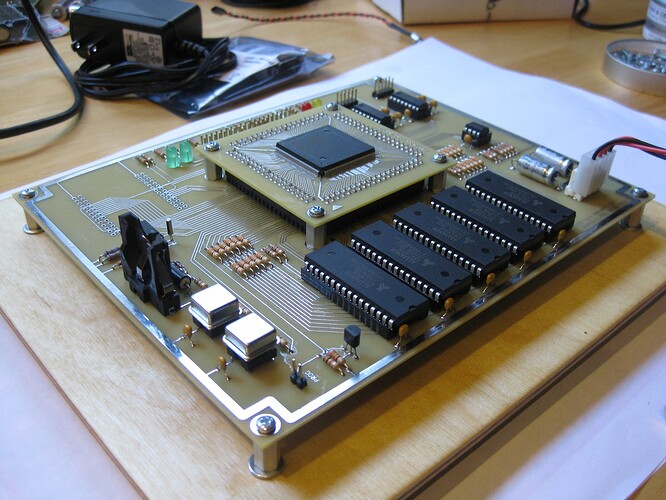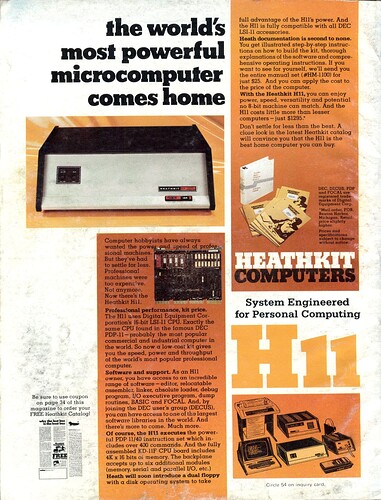Hi,
I hope it’s appropriate to post this here but after some seven years, the PiDP-10 replica is finally done! We’re going to send out the first kits next week (if US Customs will not delay us further).
With a PiDP-1 coming up later this year, I feel we’re covering a pretty good chunk of DEC history now:
The PiDP-10 took many years to complete, but it is also the most ambitious of the range. It ‘captures in hardware’ the ITS Reconstruction Project of Lars Brinkhoff et al. So it not only boots up TOPS-10 and ITS, but the hard disk images contain more than 400 programs; PDP-11 and PDP-6 simulators are part of the simulation package. The PDP-10 was the only mainframe ever that became a playground for hackers. So the hardware mix is delicious (the PDP-6 and a PDP-11 share the Ten’s memory!); and there are lots of video games (spacewar, Maze War) to provide entertainment between bouts of PDP-10 assembly, Lisp. This was a networked machine, and thanks to an emulated IMP it’s possible to recreate the ARPANET if the modern internet is too boring.
Here is the new website: www.obsolescence.dev.
I can’t resist two glamour shots of the Ten, now it is finally, finally done:
We’re working on a PiDP-1 next, and a Whirlwind will complete the range after that. The PiDPs have become a real team effort, with Lars Brinkhoff and Richard Cornwell to thank for ITS and the PDP-10/KA10 simulator, Angelo Papenhoff for the PDP-1 simulation, and Guy Fedorkowski for the ongoing Whirlwind recovery project. We’re having fun!
Kind regards,
Oscar.




